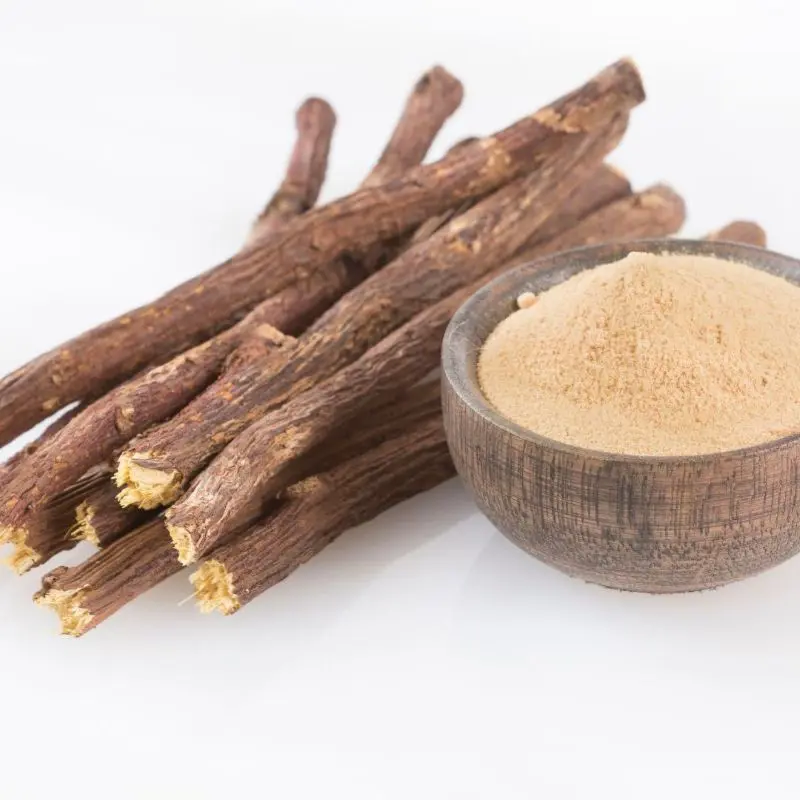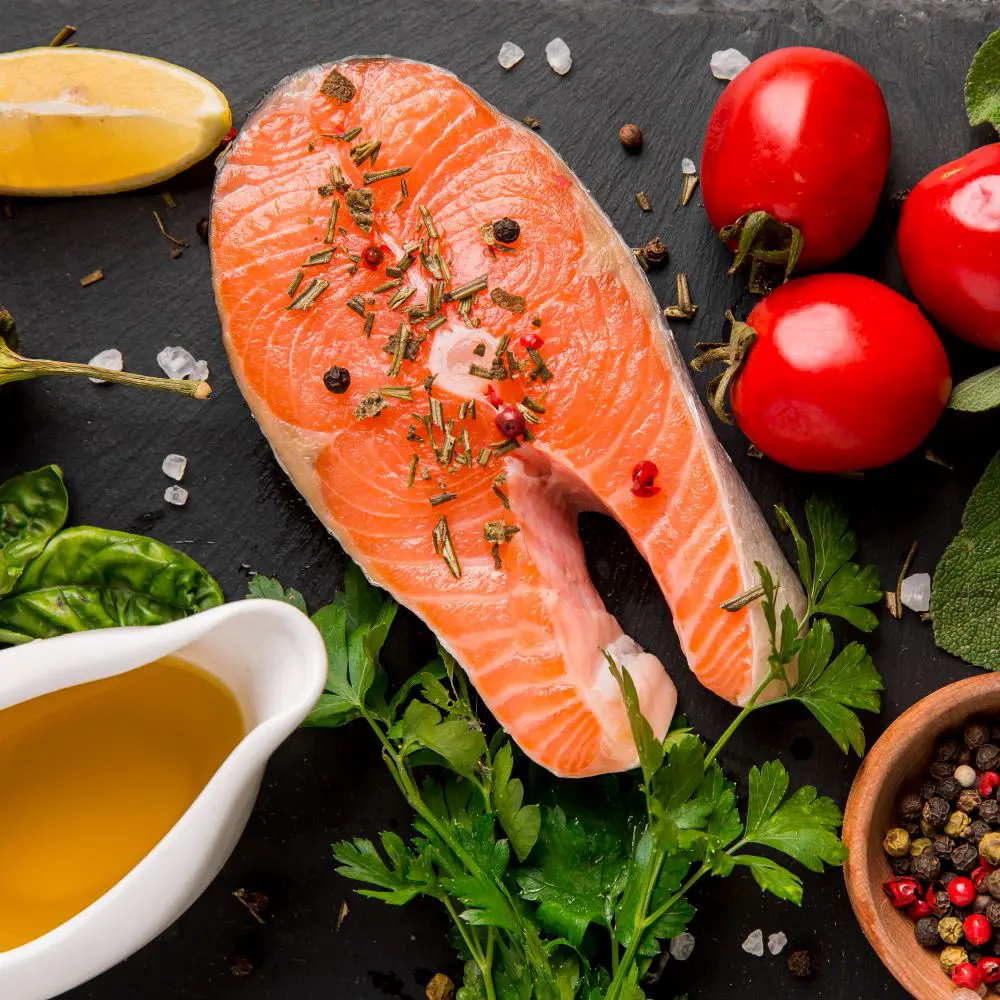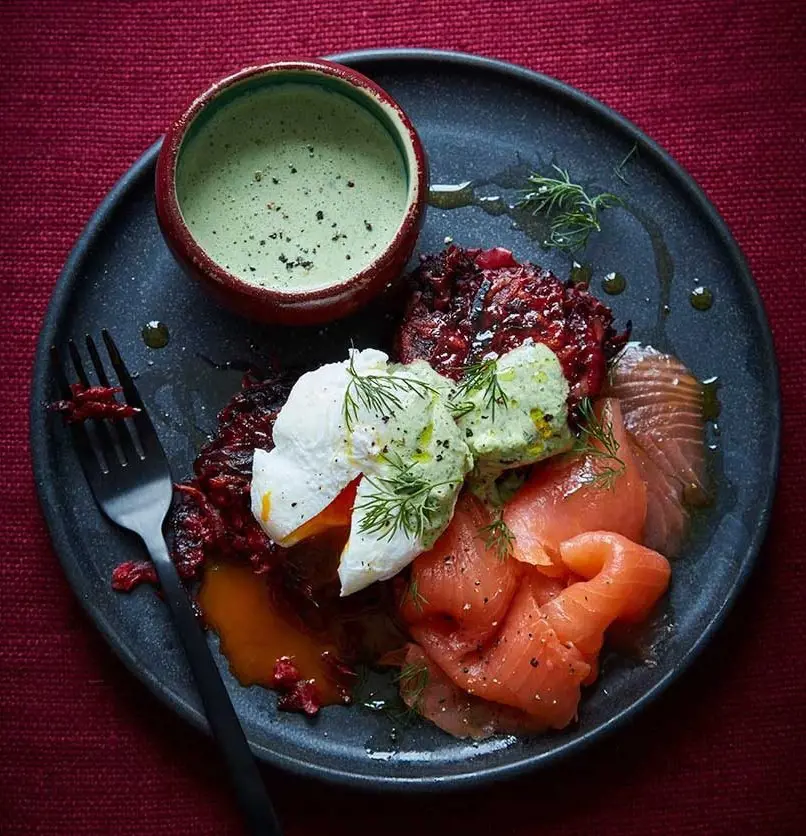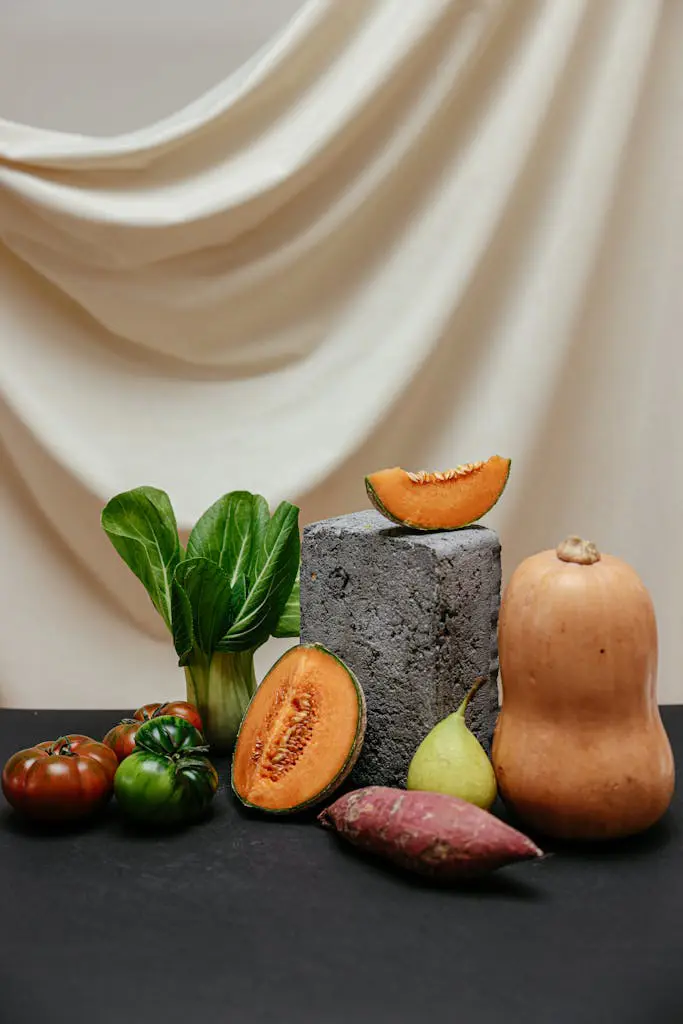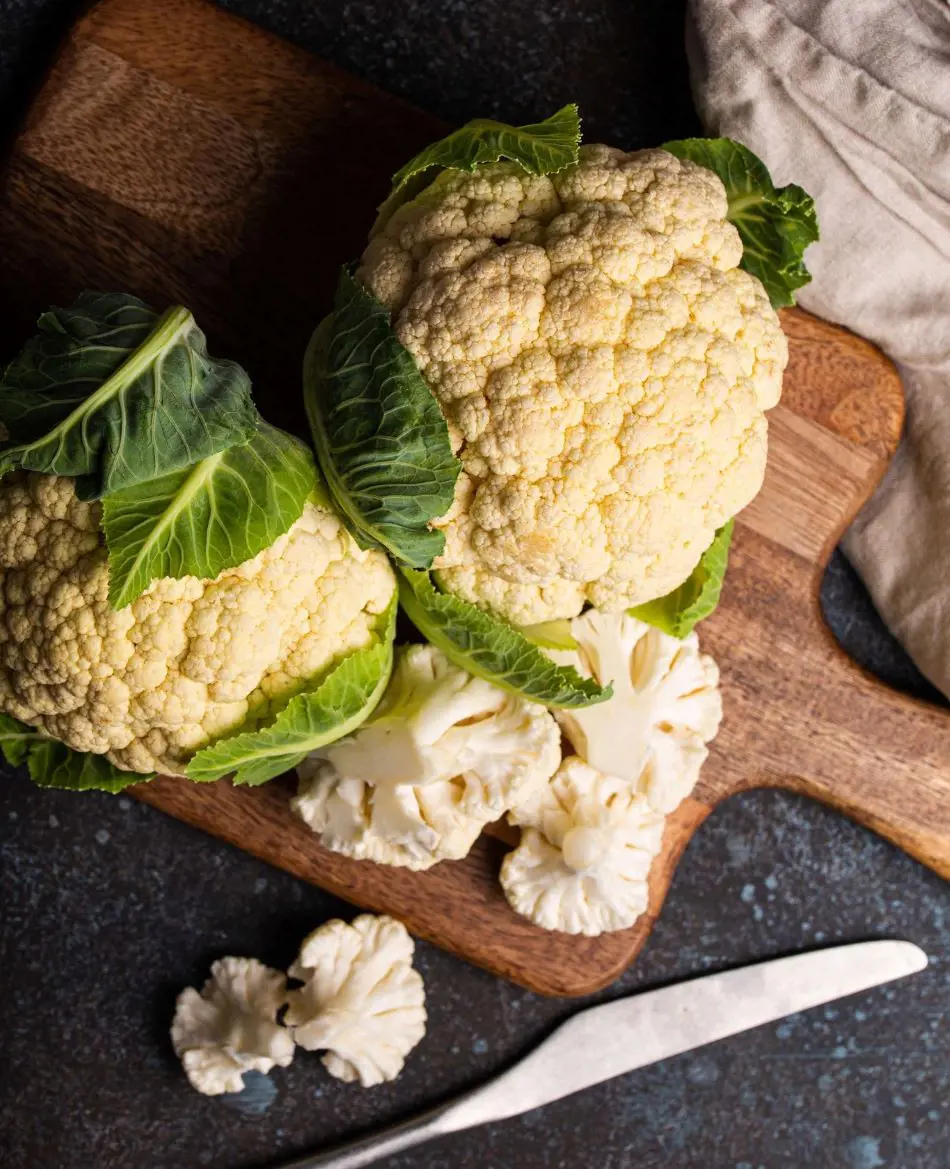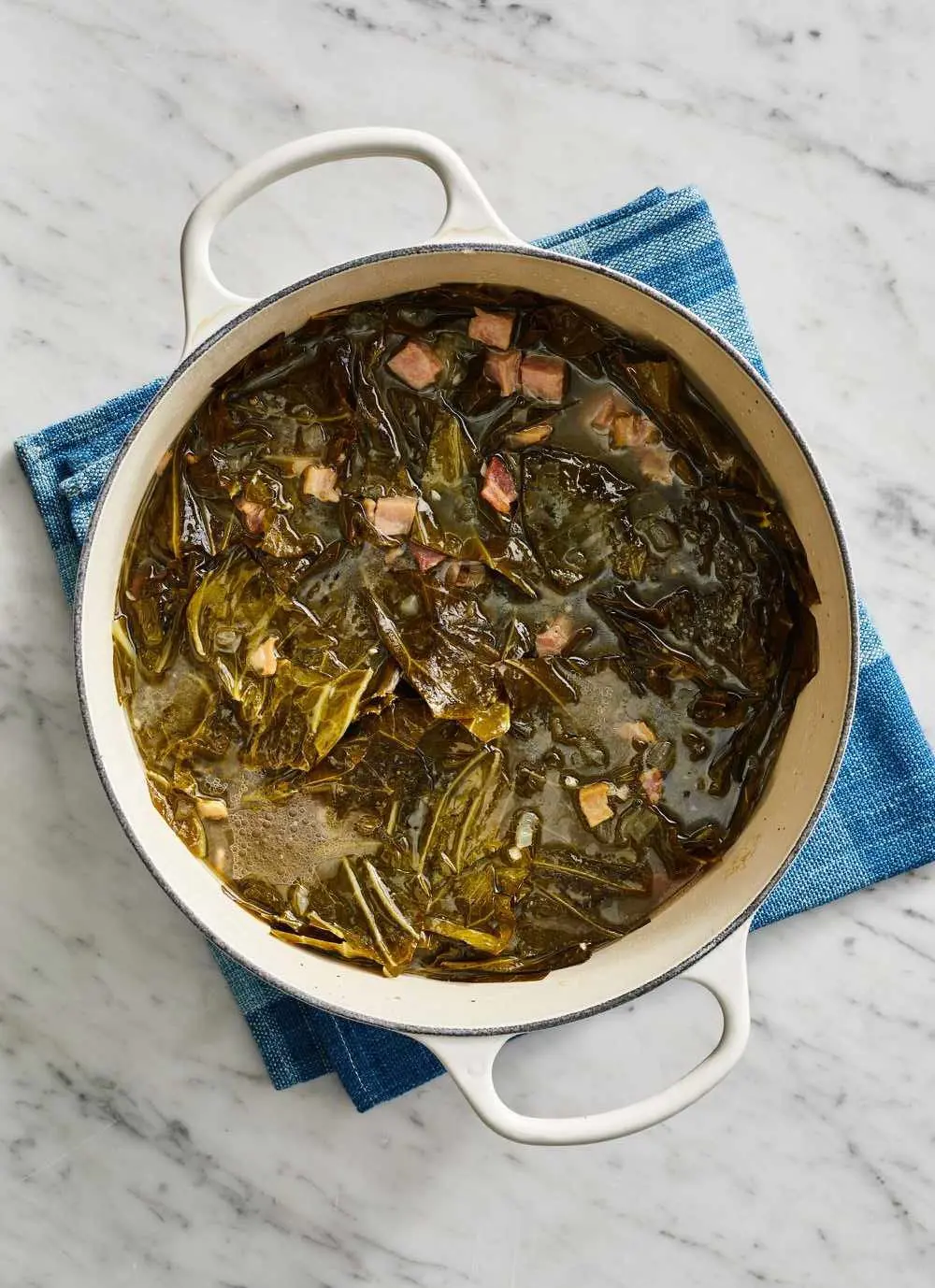20 Fruits That Are High In Sugar
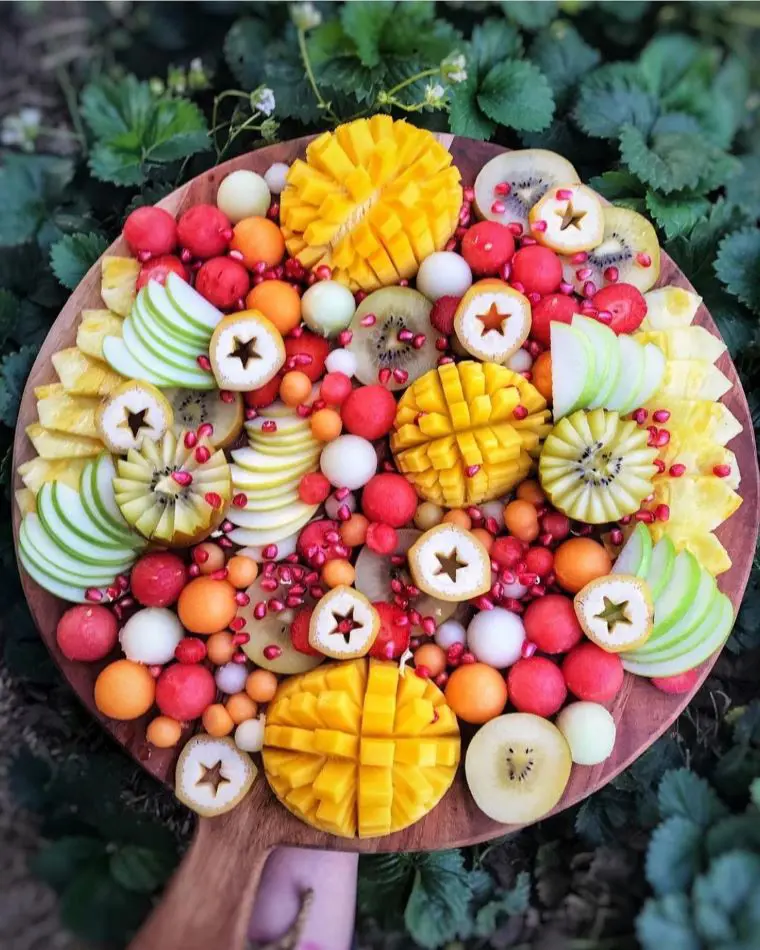
When we think of fruits, we often picture fresh, vibrant, and healthy snacks. While they are indeed packed with vitamins, minerals, and fiber, some fruits also come with a high sugar content.
Understanding which fruits are higher in sugar can help you to make informed dietary choices, especially if you're monitoring your sugar intake for health reasons. In this article, you will get a closer look at 20 fruits that are high in sugar and learn how they can still be a valuable part of a balanced diet.
1. Mangoes
Our loveable and likable fruit mangoes is one of the fruits with high sugar. According to WebMD, a single mango contains a whopping 46 grams of sugar, which makes it a significant source of natural sugar.
This high sugar content is due to the fruit's natural composition, which includes fructose, glucose, and sucrose. Additionally, mangoes have a moderate glycemic index of 51, which means they can cause a moderate increase in blood sugar levels, especially if consumed in large portions.
2. Pineapples
As one of the fruits high in sugar, one cup of pineapple chunks contains 16.3 grams of sugar, which is lower than several other fruits like mangoes but still quite high. This high sugar content is due to the natural composition of pineapple, which includes fructose, glucose, and sucrose.
Moreover, pineapple has a moderated glycemic index of 51-73, which means it can cause an average increase in blood sugar levels, specifically if consumed in large portions.
3. Cherries
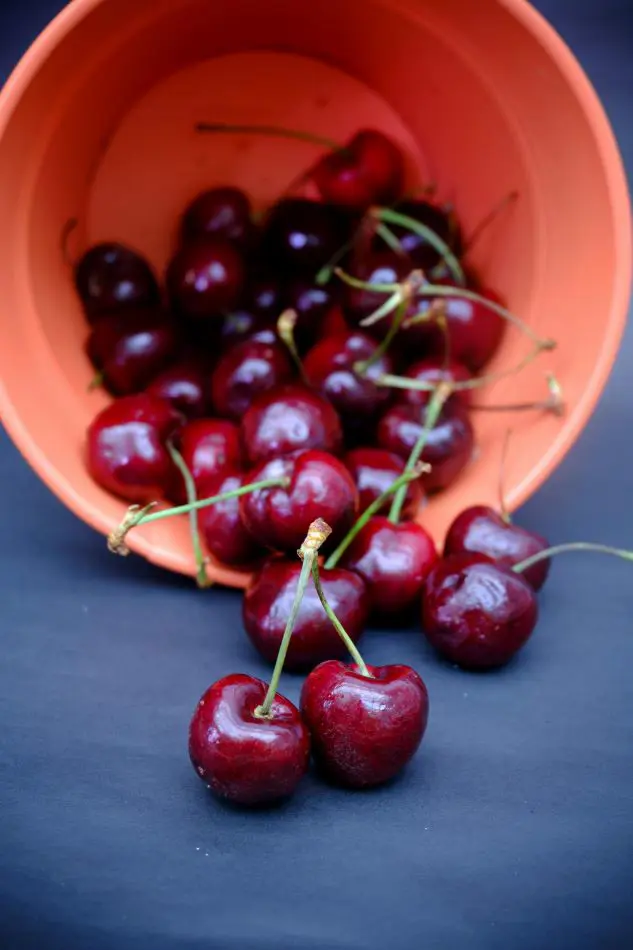
Are cherries high in sugar? According to Healthline, a cup of sweet cherries contains 19.7 grams of sugar, which makes them a sweet treat equivalent to a regular-sized Snickers bar. Plus, they are rich in nutrients and fiber, making them a nutritious choice for most diets.
It's important for individuals, particularly those with diabetes, to monitor their portion sizes when enjoying cherries due to their sugar content. Cherries are also classified into sweet and tart types, with sweet cherries like Bing and tart cherries like Montmorency being commonly consumed in the United States.
4. Grapes
Because of their natural composition of glucose and fructose, which are quickly digested by the body, grapes are also rich in sugar. Despite their high sugar content, grapes have a low glycemic index, making them suitable for some diabetes diets.
Additionally, red grapes contain polyphenols like resveratrol, quercetin, catechins, and anthocyanins, which have been observed to potentially reduce hyperglycemia and high blood sugar, benefiting individuals with type 2 diabetes.
5. Bananas
One medium banana contains 15.4 grams of sugar, which is equivalent to the sugar content of a glazed donut. The sugar content in bananas increases as they mature and go from green to yellow.
This is a popular fruit choice because of its natural sweetness and versatility in the recipes. However, it is important for individuals, especially those with diabetes, to be mindful of portion sizes when consuming bananas. Smaller bananas are a better option than larger ones as they contain less sugar per serving.
6. Pears
Pear is high in sugar fruit, one medium pear contains approximately 17 grams of sugar. This high sugar content is due to the natural composition of pears, which includes fructose, glucose, and sucrose.
Despite their sugar content, they offer a range of nutritional benefits like fiber, vitamins, antioxidants, and many more.
7. Figs
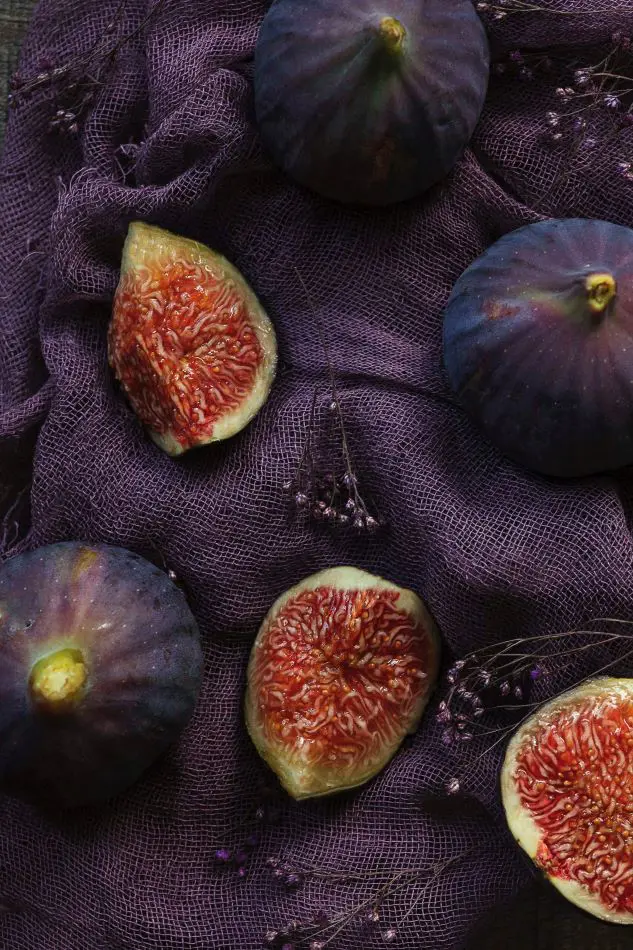
Figs contain a relatively high amount of natural sugar compared to many other fruits. A single medium fresh fig contains about 8 grams of sugar. While not extremely high, this is on the higher end for fresh fruits.
Dried figs contain much more concentrated sugar, with about 48 grams of sugar per 100 grams. The drying process removes most of the water content, leaving behind the sugars.
The sugars in figs are primarily fructose and glucose. While natural, these sugars can still contribute to calorie and carbohydrate intake if consumed in excess.
8. Pomegranates
A serving of about half a pomegranate (around 100g) contains approximately 23 grams of carbohydrates, with 20 grams being sugar.
Pomegranates contain natural sugars like fructose and glucose but also have a high concentration of beneficial compounds like phenolic antioxidants and fiber that help regulate blood sugar levels.
Studies have shown pomegranate juice and extracts can help improve insulin sensitivity and reduce fasting blood glucose levels in people with diabetes. And drinking its juice has been found to lower harmful LDL cholesterol and reduce the risk of heart problems in those with diabetes.
9. Papayas
According to various sources, a single serving of papaya contains approximately 18 grams of sugar, which is relatively moderate compared to other fruits.
Additionally, it has a low glycemic index (GI) of 60, which means they do not cause a significant spike in blood sugar levels. The fiber content in papayas helps slow down the absorption of carbohydrates, further reducing the impact on blood sugar levels.
10. Apples
Since childhood, we have been told that an apple a day keeps the doctor away, but apples are also fruits that are high in sugar. While apples do contain carbohydrates and natural sugars, they have a relatively low impact on blood sugar levels compared to many other fruits.
A medium apple contains about 25 grams of carbohydrates, with 4-5 grams being fiber. The fiber helps slow the absorption of the sugars. Most of the sugar in apples is fructose, which has a minimal effect on blood sugar levels when consumed in whole fruit.
Apples have a low glycemic index of 39, which means they don't cause rapid spikes in blood sugar.
11. Blueberries
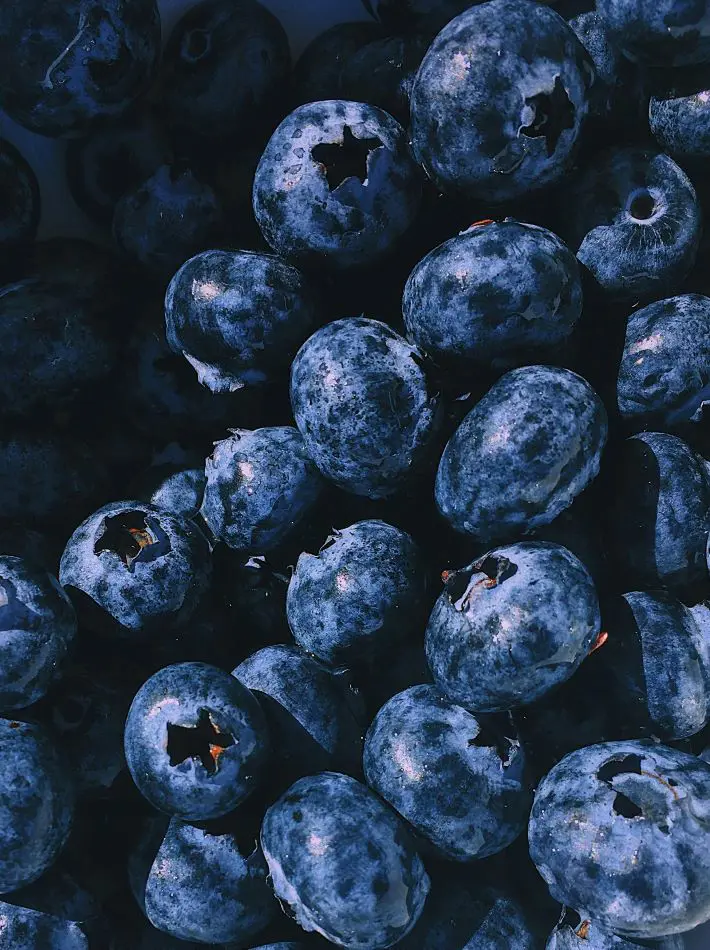
Blueberries are among the fruits that is high in sugar. A single cup of blueberries contains approximately 22 grams of carbohydrates, with 15 grams of that being sugar. This high sugar content can be a concern for individuals with diabetes, as it can cause a spike in blood glucose levels.
Nevertheless, blueberries are also low in calories and high in nutrients, making them a nutritious and healthy choice when consumed in moderation.
12. Lychees
Lychees are indeed known for their high sugar content. A single cup of lychees contains approximately 29 grams of sugar.
This high sugar content can be a concern for individuals with diabetes, as it can cause a spike in blood glucose levels.
However, it is important to note that the natural sugars found in lychees are considered safe for consumption in moderation. Additionally, lychees are rich in various essential vitamins, minerals, and antioxidants, making them a nutritious and healthy choice when consumed in balance.
13. Dates
A single pitted Medjool date contains around 16 grams of sugar, making it a sweet and energy-rich fruit. A single pitted Medjool date contains around 16 grams of sugar, making it a sweet and energy-rich fruit.
Despite their high sugar content, dates are also rich in fiber, vitamins, and minerals, making them a nutritious choice when consumed in moderation. Plus, they have a low glycemic index and medium glycemic load, which means they are less likely to cause significant spikes in blood sugar levels when eaten in temperance.
14. Oranges
The sugar content of an orange varies depending on the size of the fruit. A small orange typically contains about 8 grams of sugar, while a large orange contains around 17 grams of sugar.
Oranges have a low glycemic index (GI) of 40-50. The fiber in oranges helps slow the absorption of sugars, which prevents blood spikes. A medium orange provides about 3 grams of fiber.
They are an excellent source of vitamin C and also contain calcium, folate, and potassium. The nutrients in oranges provide health benefits beyond just their sugar content.
15. Nectarines
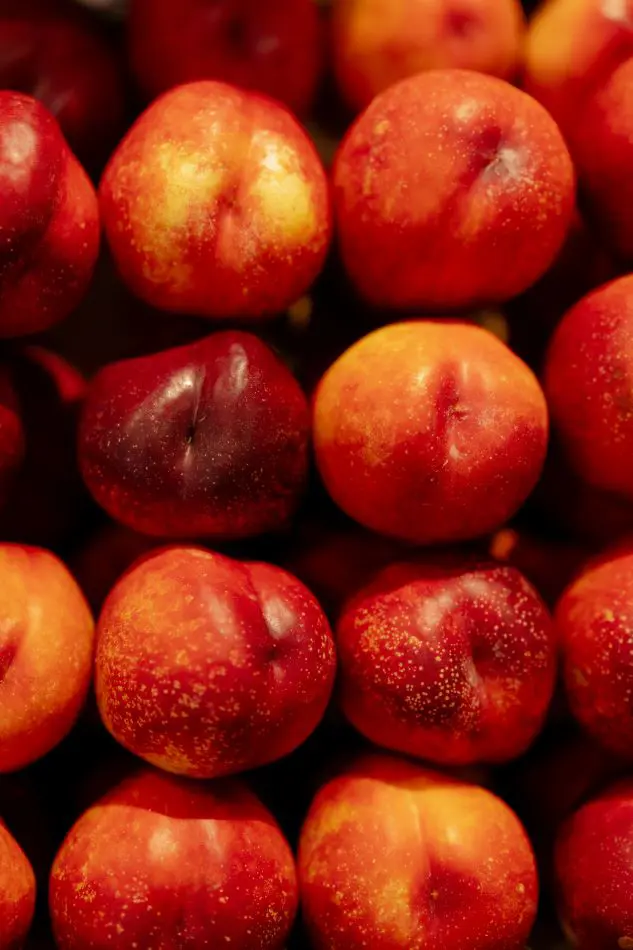
A medium-sized nectarine contains approximately 13 grams of sugar. Nectarines have a glycemic index (GI) value of around 43, indicating that they are absorbed slowly into the bloodstream and do not cause rapid spikes in blood sugar levels.
Moreover, nectarines are a good source of fiber, vitamins A and C, and other beneficial nutrients. The fiber content in nectarines helps slow down the absorption of sugar, further regulating blood sugar levels.
16. Passion Fruit (Granadilla)
A single purple passion fruit contains about 17 calories and 2 grams of fiber. It has a low glycemic index of 30, which means it does not cause rapid spikes in blood sugar levels. Because foods with a GI under 55 are considered low.
The fiber and antioxidants in passion fruit may help regulate blood sugar levels and improve insulin sensitivity. While talking about its nutrients, this fruit is a good source of vitamins, minerals, and beneficial plant compounds like carotenoids and polyphenols.
For people with diabetes, passion fruit can be enjoyed in moderation as part of a balanced diet. Consuming 1-2 fruits per day is generally considered safe.
17. Watermelon
A medium wedge of watermelon contains about 17 grams of sugar. this fruit is 92% water and also contains fiber, which helps slow the absorption of sugars into the bloodstream.
Eating watermelon as part of a balanced meal with protein and healthy fats can further help prevent blood sugar points. Watermelon juice, however, has a much higher glycemic load and is not recommended for those with diabetes.
So, in moderation, it can be a healthy and refreshing fruit choice for most people, including those with diabetes, as part of an overall balanced diet.
18. Sugar Apples
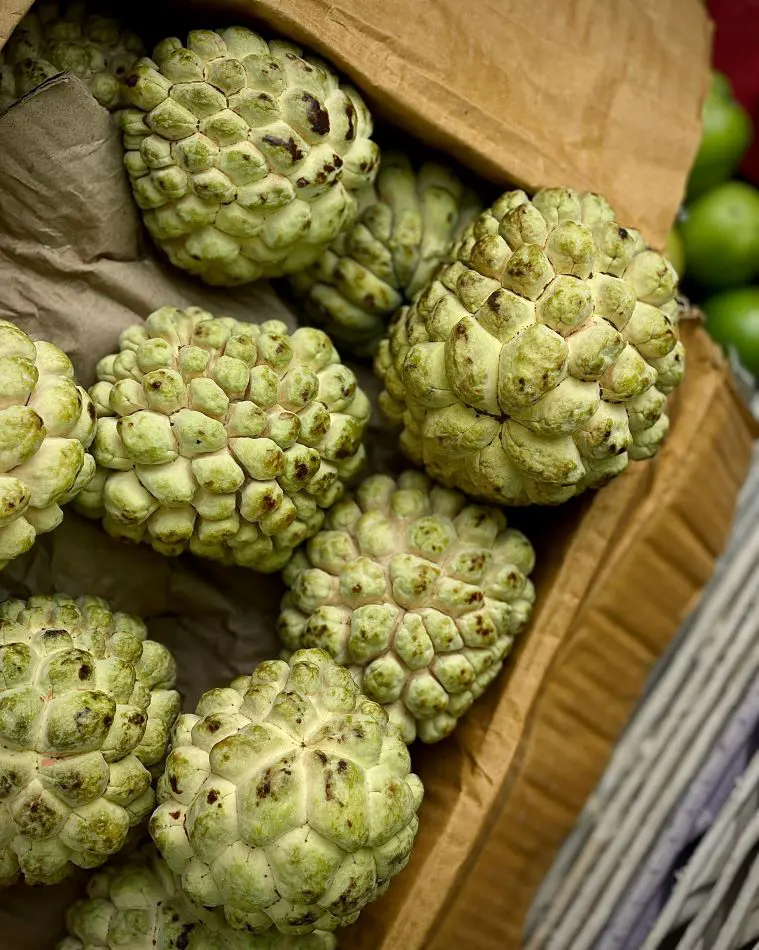
Sugar apples are known for their sweet taste, a single sugar apple contains approximately 10.4 grams of sugar. The sugar content in this fruit is primarily composed of fructose, glucose, and sucrose, which are naturally occurring sugars in many fruits.
They are also rich in fiber, which helps slow down the absorption of sugars into the bloodstream, preventing blood sugar spikes. The fiber in sugar apples is particularly beneficial for people with diabetes, as it helps regulate blood sugar levels and improve insulin sensitivity.
Sugar apples are also a good source of vitamins, minerals, and antioxidants, providing numerous health benefits beyond just their sugar content.
19. Plums
Plums are considered a fruit with relatively high sugar content. One serving of plums contains 13 grams of sugar, which is a significant amount compared to other fruits. The high sugar content in plums is due to the presence of simple sugars like glucose, sucrose, and fructose.
Despite their high carb and sugar content, plums have a low glycemic index (GI) score. This is because once the fruit gets simplified into fruit sugars, it is quickly taken up by the bloodstream, leading to a hyperglycemic response. The sweeter the plum is, the higher its sugar content.
Plums are more than just a delicious fruit, they present themselves as a promising partner in the ongoing battle against blood sugar spikes. Their relatively low GI makes them a diabetes-friendly choice.
20. Peaches
Peaches have a relatively high sugar content, with about 14 grams per serving. This is due to natural sugars like sucrose, glucose, and fructose, which develop as the fruit ripens.
Despite the sugar, peaches are low in carbs because they are high in fiber, which helps to regulate blood sugar levels. They are nutritious fruits that can be enjoyed in moderation as part of a balanced diet.
Tips For Managing Fruits Sugar Intake
It can seem disheartening to learn that your favorite fruit is on this list. However, there is a way for you to enjoy your favorite fruits while also not having to compromise on your sugar intake. The following are some tips on managing sugar intake through fruits:
- Moderation:
Enjoy these fruits in moderation, especially if you are watching your sugar intake.
- Pair with protein:
Combine fruits with protein-rich foods like nuts or yogurt to balance your meal.
- Choose whole fruits:
Whole fruits are better than fruit juices or dried fruits, which have higher engagements of sugar.
- Variety:
Incorporate a variety of fruits to ensure you get a broad range of nutrients.
Recent posts
Nutrition
Nutrition
Licorice Root: Benefits And Uses
You can spell it liquorice or licorice; this herb or root has been in use for centuries in most medicinal applications, as a natural sweetener and to enhance flavors. Regarding its origins, it comes from the root of the "Glycyrrhiza galbre" plant and...
Nutrition
Is Salmon Good For You? Nutritional Facts and Benefits
Salmon fish is a staple diet throughout the world, popular as a super food for its nutrients. Whether savored in sushi, poached, grilled, roasted, or pan-fried, salmon offers minerals and vitamins that contribute to healthy bodily functions. In addit...
Nutrition
25 Smoked Salmon Recipes That You Will Enjoy
Salmon is a silver-colored fish that is loaded with many nutrients, vitamins, and omega-3 fatty acids. Smoked Salmon is better for improving your health and reducing the risk of cancer, heart-related diseases, fights inflammation, reduces anxiety and...
Nutrition
Are Sausages Healthy? Nutrition And Health Benefits
Sausages are tasty in an addictive way, making them one of the most popular foods worldwide. You may have enjoyed this convenient food often, whether on a bun with mustard or grilled on a barbecue, the simple preparation methods are what makes its co...
Nutrition
20 Vegetables That Are Rich In Iron
Iron is essential for our bodies to function well. When we don't get enough iron, we often feel weak and tired. It's important to address iron deficiency early by eating the right foods. Fortunately, many vegetables are rich in iron and can help prev...
Nutrition
15 Cauliflower Nutrition Facts And Health Benefits
Cauliflower, a cruciferous vegetable, resembles a white variation of its relative, broccoli. Like broccoli, it has closely bunched florets attached to a thick core, often surrounded by a few leaves. While white is the most common color, cauliflower i...

